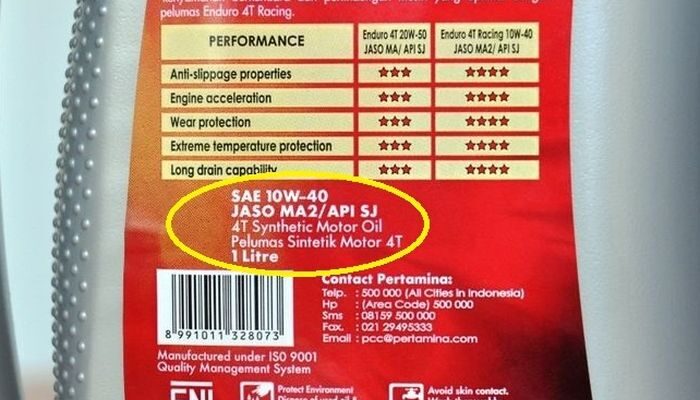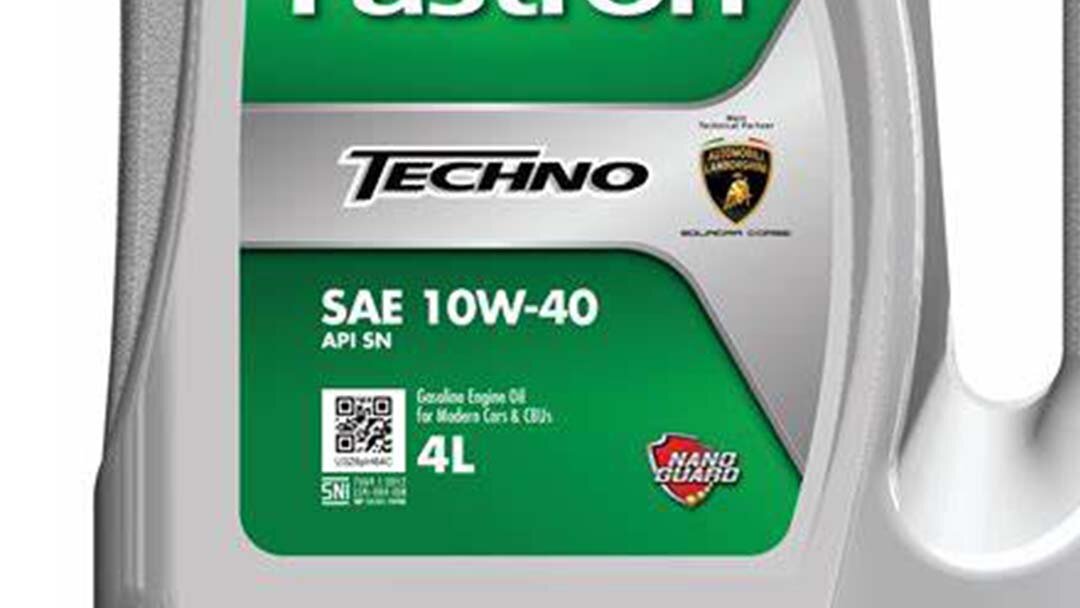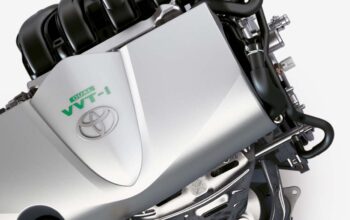Uzone.id – Choosing the right car oil is an important factor in maintaining optimal performance and the long life of your vehicle’s engine.
Car oil is an important component in maintaining optimal performance and the long life of your car engine. However, with various brands and types of oil available in the market, choosing the oil that suits your vehicle’s needs can be a confusing task.
There are various tips for choosing car oil that you need to pay attention to so that the oil you choose is by the car’s instructions so that it can help create maximum performance.
To maintain the optimal performance of a car engine, choosing the right oil is a crucial step. In this article, we will share information about important tips for choosing the right car oil and the meaning of oil codes that are common in the automotive world. Read more below.
Apart from knowing tips for choosing the right car oil, it is also important to understand the meaning of engine oil codes that are commonly used in the automotive world. These codes provide information about the characteristics and compatibility of the oil you will use. The following is a brief explanation of the three oil codes that you often encounter:
1. JASO
JASO is an abbreviation for Japanese Automotive Standards Organization which is generally used for oil used in Japanese vehicles. JASO divides oil into several categories to meet the needs of various types of engines.
These categories include MB (for 2-stroke engines), MA (for engines with wet clutches), MA2 (for engines with wet clutches that meet wear resistance requirements), and FB (for 2-stroke engines with direct combustion systems). Knowing the JASO code on the oil bottle will help you choose the appropriate oil for your Japanese vehicle engine type.
2. API
The API standard or an abbreviation for the American Petroleum Institute classifies oil based on its performance and characteristics. The API outputs various categories, with each category denoted by a letter starting from “A” to “C”. The letter “A” indicates the highest performance category.
Therefore, when choosing oil, be sure to look at the oil bottle label and choose the API category recommended by your car manufacturer. Knowing the API code will help you choose oil that suits your vehicle’s engine specifications.
3. SAE
The last type of oil code is SAE which stands for Society of Automotive Engineers. The SAE code is usually found on the oil bottle label and refers to the viscosity of the oil. This code consists of two numbers separated by the letter “W” (for example 10W-40).
The first number shows the viscosity of the oil at cold temperatures, while the second number shows the viscosity at hot temperatures. The higher the number, the thicker the oil at that temperature. Understanding the SAE code will help you choose an oil viscosity that suits your environmental conditions and car engine specifications.

So, that’s a complete explanation of tips for choosing car oil, complete with how to read the code. The oil that suits your engine’s needs will help reduce the risk of wear, guarantee good lubrication, and increase the efficiency and performance of your vehicle’s engine.
It is important to always follow the instructions provided by your car manufacturer. These instructions are usually found in the vehicle’s owner’s manual or user manual.
Car manufacturers have conducted intensive testing and research to determine the type of oil and viscosity that is most suitable for their vehicle engines. Using oil according to the manufacturer’s recommendations will help ensure optimal lubrication and good performance of your car’s engine.
To ensure that your car remains in top condition, don’t forget to always carry out routine car servicing every 6 months or every time your car travels 5,000 – 10,000 km to a trusted repair shop. Through the tips above, you can choose the right car oil for your vehicle, so that the engine can operate well and have a long life.
If you are going to change the oil, you certainly need qualified and quality equipment. You can find various kinds of oil service tools such as grease dispensers, a dispenser, distribution, and other equipment needed to carry out maintenance and oil changes easily and efficiently.
















